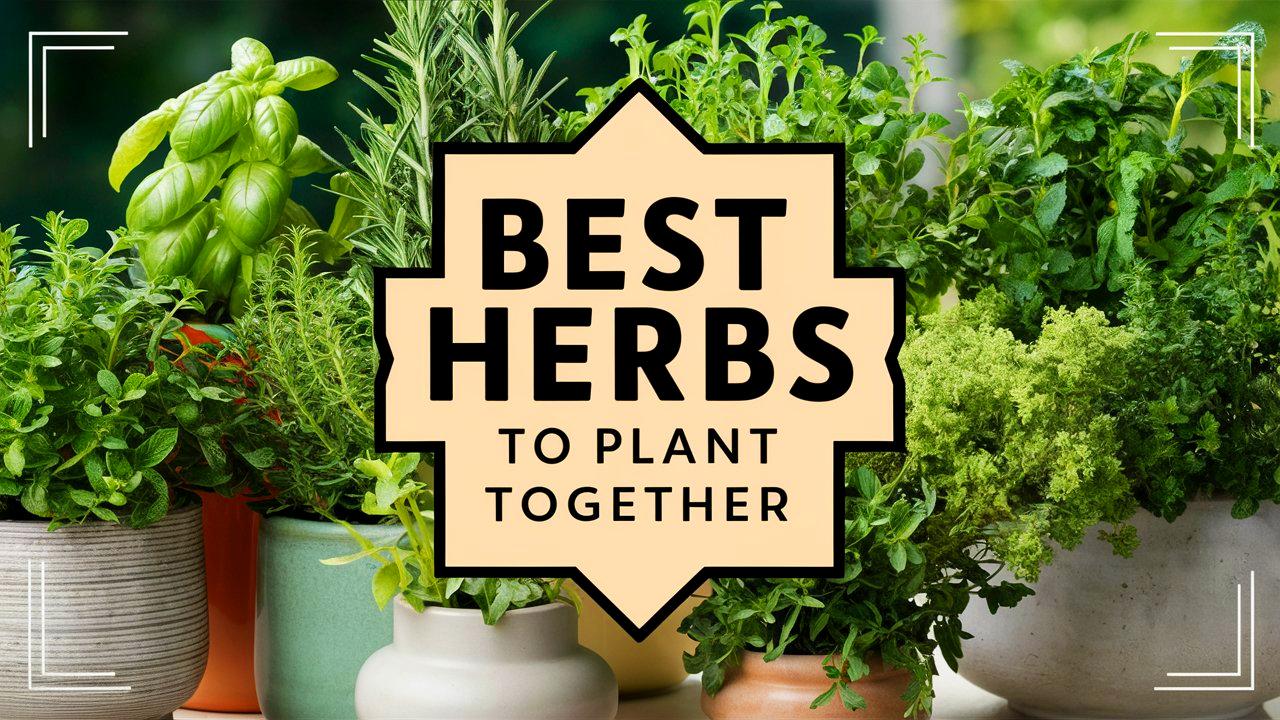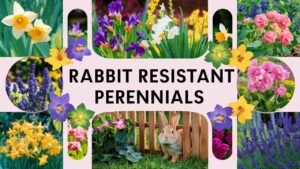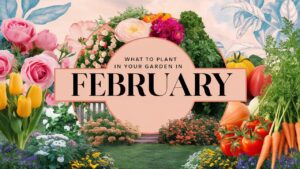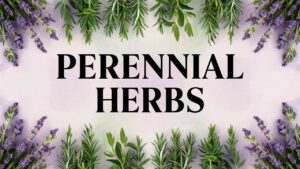Growing your own herbs can be a delightful venture, enriching both your culinary skills and your garden’s aesthetic. But what if you could optimize your herb garden by knowing which herbs thrive when grown together?
In this comprehensive guide, we’ll explore the best practices for selecting, planting, and caring for herbs that complement each other beautifully, ensuring a flourishing garden that produces ample herbs for your kitchen.
Choosing Herbs That Grow Well Together
Selecting the right combinations of herbs is not just about aesthetics; it’s about creating a harmonious environment where each plant can support its neighbors. Let’s break down some essential considerations.
Herbs That Thrive in Full Sun
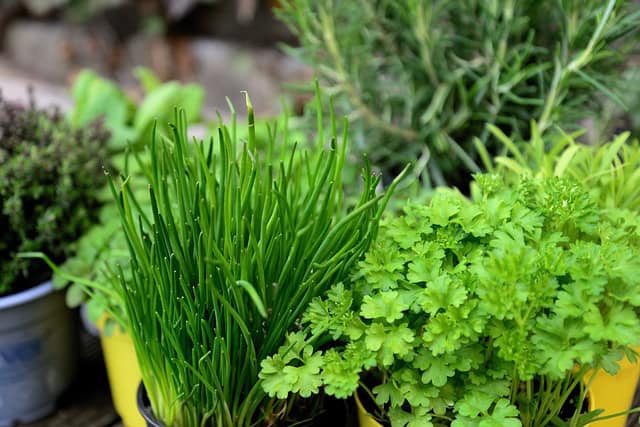
Many herbs flourish in full sunlight, usually requiring a minimum of six hours of direct sunlight per day. Understanding their specific needs is critical for successful growth. Here are some popular herbs that thrive in full sun:
Basil: Native to tropical regions, basil thrives in warm weather and loves the sun. It’s renowned for its role in Italian cuisine, particularly in tomato-based dishes and pestos. Basil should be planted in rich, well-draining soil, and regular pinching back promotes bushy growth and encourages more leaves.
Rosemary: This hardy, woody perennial herb is perfect for sunny gardens. It has a robust flavor often associated with Mediterranean cuisine. Rosemary thrives in sandy, well-drained soil and can tolerate drought, making it a great choice for xeriscaping or low-water gardens. This herb will flourish with minimal fuss, just remember to prune regularly to encourage bushy growth.
Thyme: Thyme is another sun-loving herb that does well in warm climates. It prefers to be built in gravelly or sandy soils, benefiting from good drainage. Its low growth habit can also serve as a ground cover, while its fragrant leaves add a wonderful flavor to a variety of dishes ranging from meats to stews.
When planting herbs that require full sun, ensure they are spaced well apart to allow airflow. This helps prevent fungal infections caused by excessive humidity.
Herbs That Prefer Partial Shade
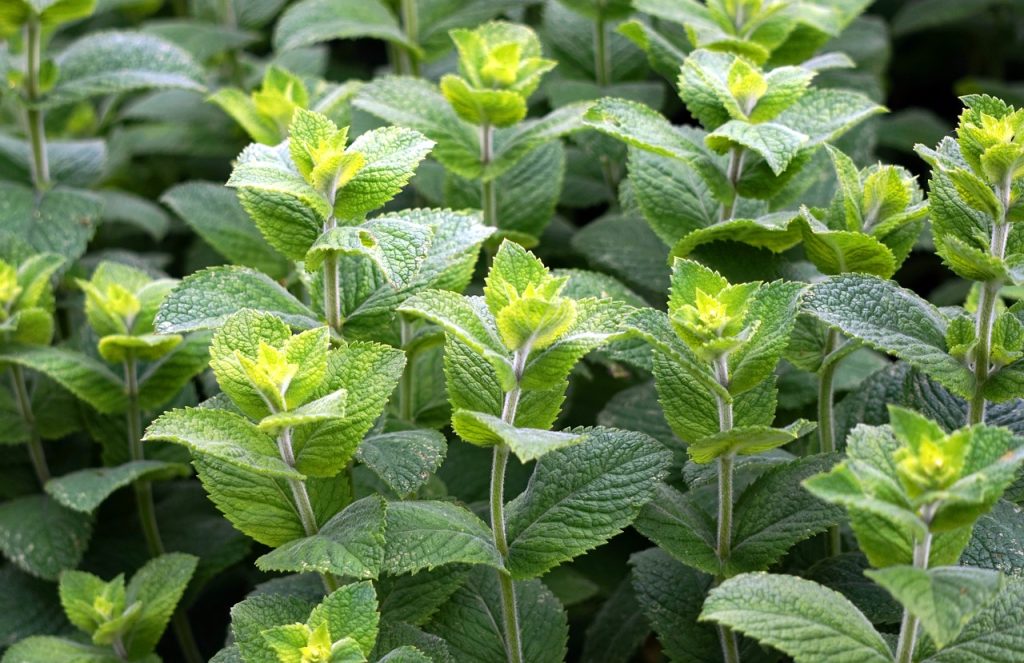
While many herbs love bright light, several prefer a bit of respite from direct sunlight, making them ideal for spots that receive dappled light:
Mint: Heralded for its refreshing flavor, mint is versatile in both culinary and medicinal uses. It can thrive in partial shade, which helps keep its leaves tender. However, be cautious—mint can become invasive, so planting it in containers or limiting its space can prevent it from overtaking the garden.
Cilantro/Coriander: Cilantro is a unique herb often used in Mexican and Asian cuisines. It prefers cooler temperatures and can bolt (flower and produce seeds) quickly if exposed to too much heat. Partial shade during warm months, along with consistent moisture, keeps cilantro thriving throughout summer.
Chives: Chives, with their delicate, grass-like leaves, do well in partial shade. They are one of the first herbs to emerge in spring and are rich in vitamins A and C. The attractive purple flowers are also edible and make a beautiful addition to salads or as a garnish.
By considering the light conditions for each herb, beginners can cultivate a garden that aligns perfectly with the plants’ growth preferences.
Companion Planting for Maximum Growth
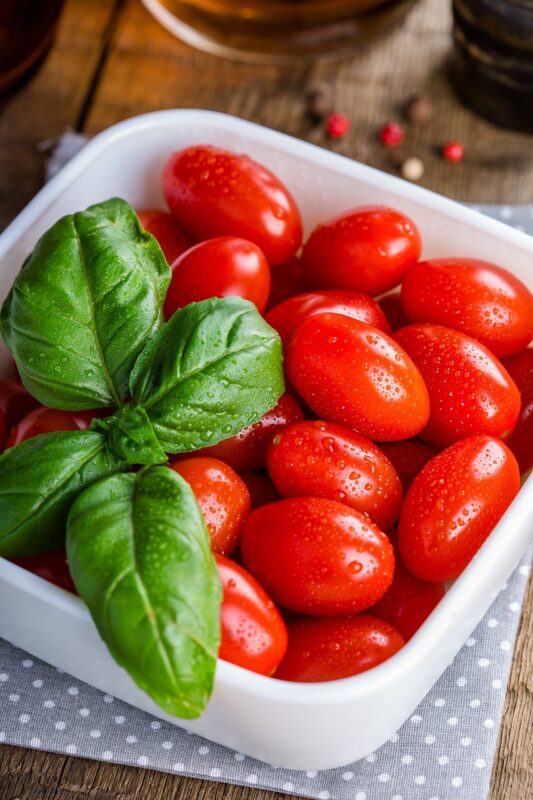
Companion planting plays a crucial role in herb gardening, maximizing growth, flavor, and resilience against pests.
Basil and Tomatoes: Basil’s strong aroma deters common pests such as aphids and whiteflies that typically afflict tomato plants. When planted nearby, basil not only enhances the growth and flavor of tomatoes but also protects them from certain pests. Pairing these two is a classic companion planting strategy often seen in vegetable gardens.
Marjoram and Oregano: These herbs, both belonging to the mint family, can thrive together. They share similar water and sunlight needs, and their robust flavor profiles complement each other well. Planting them in proximity might lead to enhanced flavors in culinary dishes.
Cilantro and Spinach: This duo is a dynamic pairing. Cilantro grows faster and provides some shade to spinach, which helps slow down spinach’s tendency to bolt in warmer weather. They can effectively share space without competing harshly for resources.
Understanding how different herbs can provide mutual benefits will help you create a vibrant space that maximizes flavor and growth, saving space in the garden.
Popular Herb Combinations for Gardens
Creating herb combinations can enhance flavors not just for your cooking but also add beauty and efficiency to your garden design.
Basil and Oregano for Pest Control
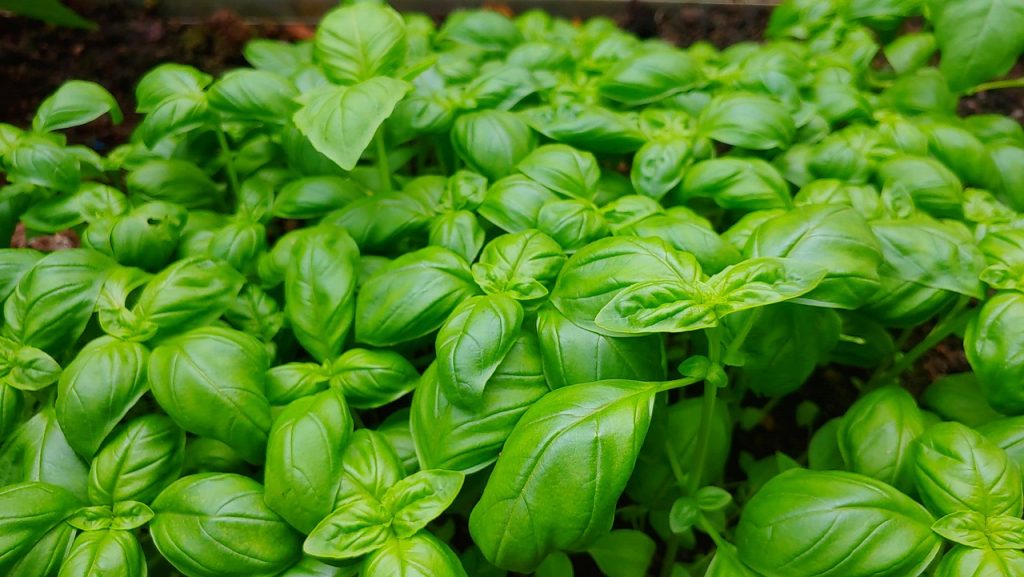
Basil and oregano are staples in Italian cooking. Together, they create a flavor powerhouse. As mentioned earlier, basil helps control pests around oregano. Moreover, these herbs prefer similar conditions: well-drained soil and full sun. Ensuring that they are watered appropriately and spaced correctly can lead to lush growth.
Growing Tip: Consider intercropping these herbs in the same section of your garden. Basil can be planted alongside tomatoes, while oregano can be grown in between rows as a natural pest deterrent.
Chives and Parsley for Improved Flavor
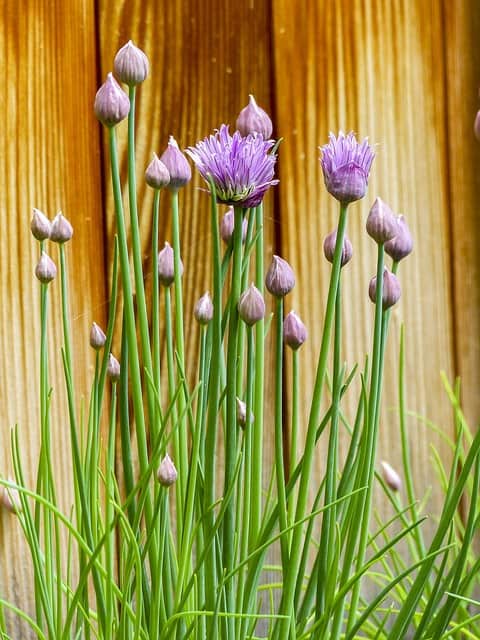
Chives and parsley pair well together, not only in flavor but also in aesthetics. Chives grow tall, whereas parsley has a bushier growth habit. This combination allows for vertical gardening principles to be applied—using the height of chives to give visual depth while allowing more space for the lower-lying parsley.
Growing Tip: Chives can be harvested frequently for their green shoots, while parsley can be harvested by cutting the outer leaves. This mutual harvest allows both to thrive and can maximize your use of space.
Lavender and Rosemary for Full Sun
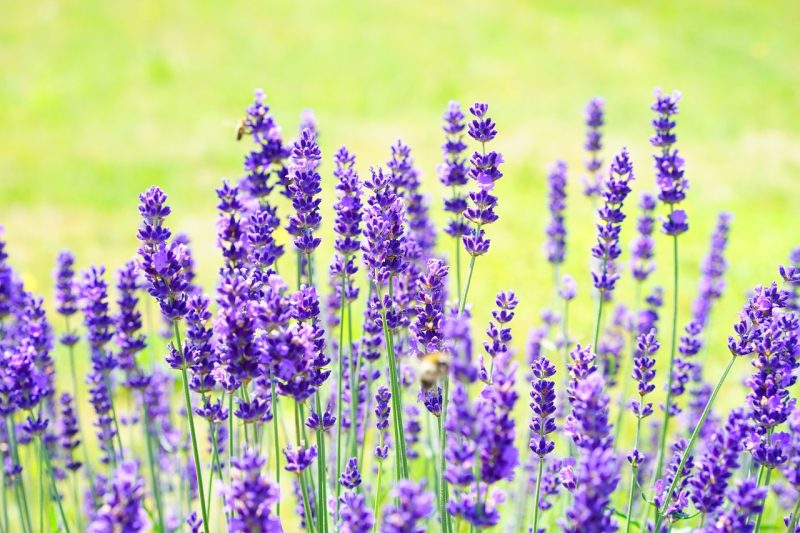
When looking for herbs that can thrive in sunny corners of your garden, lavender and rosemary are a perfect match. Both are drought-resistant and love to bask in the sun, making them require minimal watering once established.
Growing Tip: Strategically plant these herbs to create an aromatic border in your garden. Their flowers are also attractive to bees and other pollinators, supporting the ecosystem.
Sage and Thyme for Low Water Needs
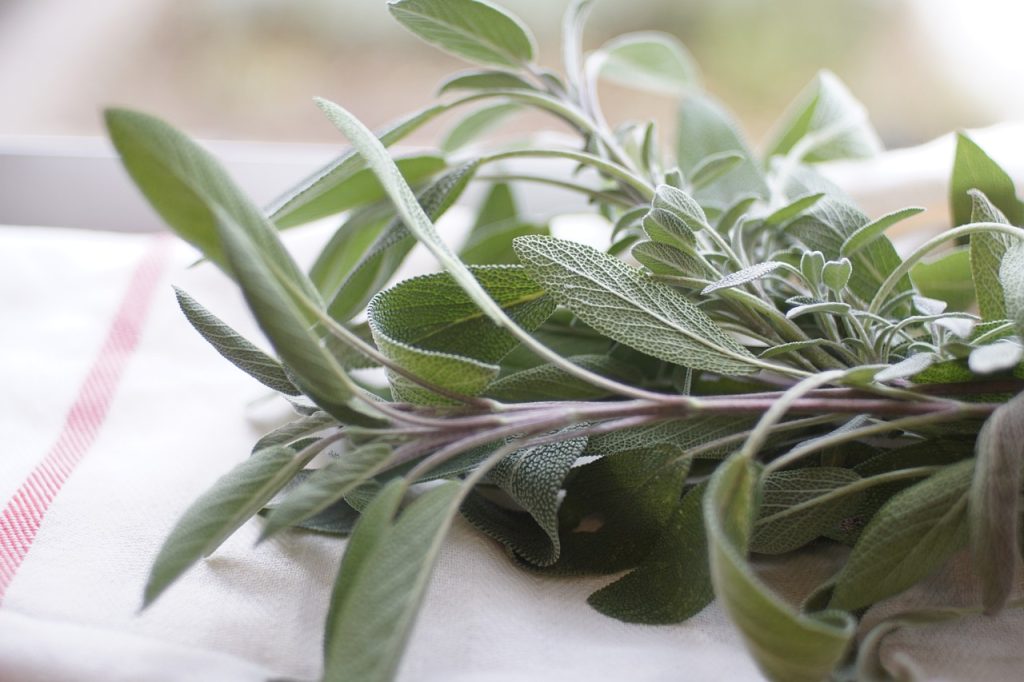
Sage and thyme are both Mediterranean herbs that thrive in dry, sandy soils. As such, they are a dream combination for gardeners seeking drought-tolerant plants.
Growing Tip: To further emphasize their low-water needs, create a dedicated low-water area with gravel mulch around these plants. This will help retain soil warmth and moisture without encouraging weeds.
Selecting Herbs for Container Gardening
If space is limited or soil conditions are poor, container gardening provides an excellent solution. Understanding which herbs thrive in containers leads to a fruitful harvest.
Best Herbs for Strawberry Planters
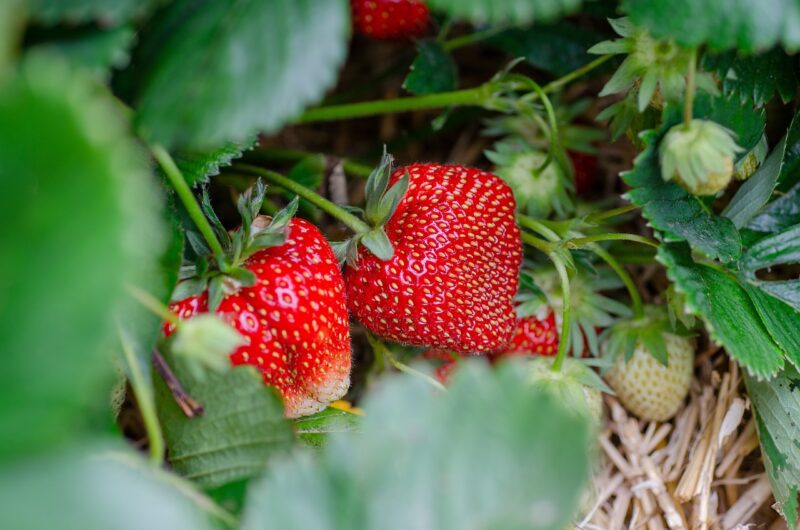
Strawberry planters, which are designed for vertical gardening and have multiple tiers, are an excellent choice for urban gardeners or those with limited yard space. They help maximize vertical growth and provide excellent drainage.
Ideal Herbs: Varieties like thyme, oregano, and chives work well in strawberry planters, their root systems being small enough to adapt to confined spaces. They benefit from the extra airflow and sunlight that vertical growth offers.
Upright Vs Cascading Herbs for Containers
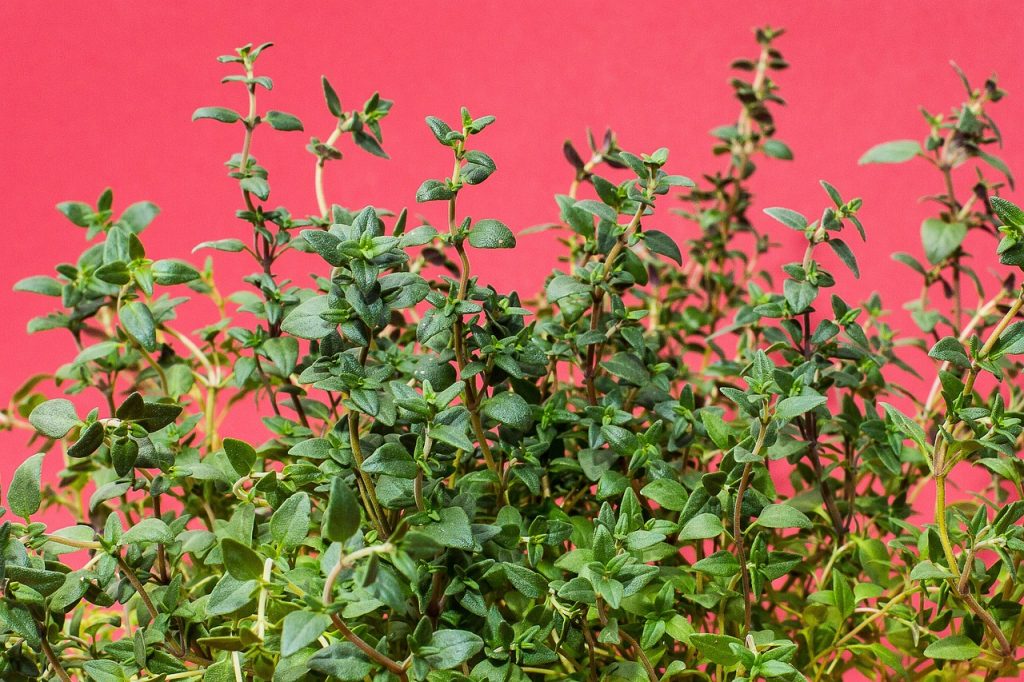
When classifying herbs to plant in containers, gardeners should consider their growth habits:
Upright herbs: Herbs like basil and dill grow tall and can be planted in the center of your container for height.
Cascading herbs: Conversely, herbs such as purple basil or certain types of thyme trail down from the sides, adding greenery and visual appeal as they spill over.
By planting adapted varieties together, you can create visually appealing arrangements while ensuring that all plants have access to adequate light and airflow.
Grouping Herbs With Similar Needs
A successful container garden relies on grouping herbs with similar conditions. For instance:
Mediterranean herbs: Pair rosemary, oregano, and sage, as they have similar dry and sunny conditions.
Cool-season herbs: Mix cilantro and parsley together, as they both thrive in cooler conditions and consistent moisture.
This understanding allows for a streamlined approach to container gardening, ensuring each herb receives the care it needs.
Herbs to Avoid Planting Together
Not all herbs get along; some can stifle growth or compete for nutrients. Knowing which herbs to keep apart can save time and effort.
Invasive Herbs Like Mint and Comfrey
Mint is notorious for its aggressive growth, which can overshadow and outcompete surrounding plants. Similarly, comfrey can be invasive and should be contained. It’s wiser to plant these herbs in separate pots or confined spaces to prevent them from taking over the garden. Consider using bottomless pots submerged in the ground to keep mint’s roots contained.
Herbs With Conflicting Growing Conditions
Avoid mixing herbs with vastly different water and sunlight needs. For instance, rosemary and mint cannot coexist comfortably since rosemary prefers dry conditions and bright sun, while mint thrives in moist soil. Recognizing these differences is crucial to maintaining a healthy herb garden.
Growing Tip: Regularly assess your gardening zones to adjust based on how different plants are faring alongside each other, moving those in conflict to separate areas as needed.
Herbs That Inhibit Growth of Other Plants
Certain herbs possess allelopathic properties, meaning they release chemicals that inhibit the growth of surrounding plants. For instance, sage can slow the growth of other herbs in proximity. Additionally, plants such as fennel can negatively affect basil and tomatoes.
Growing Tip: When planning your garden layout, use a companion planting guide that also identifies these types to avoid frustrating the growth of healthy plants.
Creating a Harmonious Herb Garden
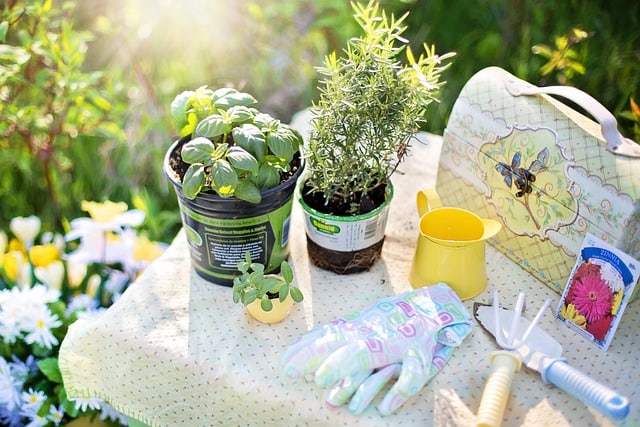
A well-planned herb garden can be beneficial not just for your kitchen but also for the ecosystem in your backyard.
Mixing Shade and Sun-Loving Plants
By incorporating both sun-loving and shade-preferring herbs, you can maximize space and yield. For example:
Place taller plants that enjoy more sunlight, such as basil and rosemary, at the back of a raised bed, while shade-preferring herbs like mint can fill in under trees or structures that provide cover.
Use taller herbs to shield smaller ones, creating a layered approach that allows all plants to thrive.
This method not only promotes better growth conditions but also adds depth and variety to the garden’s landscape.
Increasing Biodiversity With Different Plant Families
Biodiversity enhances resilience in your garden by attracting beneficial insects and promoting healthier growth. To increase biodiversity:
Introduce a variety of plant families; for example, incorporating flowering herbs like dill and chervil alongside aromatic herbs like basil and thyme can lead to improved pollinator activity.
Rotate your plants annually, changing locations within your garden bed to support soil health and disrupt pest cycles.
By promoting greater biodiversity, you’re not only enhancing your garden’s ecosystem—you’re also ensuring stronger plants that are less susceptible to disease and pests.
Frequent Harvesting for Control and Growth
Regularly harvesting herbs not only provides fresh ingredients for your meals but also encourages bushier growth. Many herbs, like basil and oregano, lend themselves well to frequent trimming, which prevents them from going to seed too early.
Growing Tip: Develop a harvesting routine where you trim back the leaves of basil to promote side shoots. For culinary herbs like chives or parsley, pick from the outer leaves first to maintain continual growth.
Frequent harvesting enhances vigor and ensures a steady supply of fresh herbs throughout the growing season.
Tips for a Thriving Herb Garden
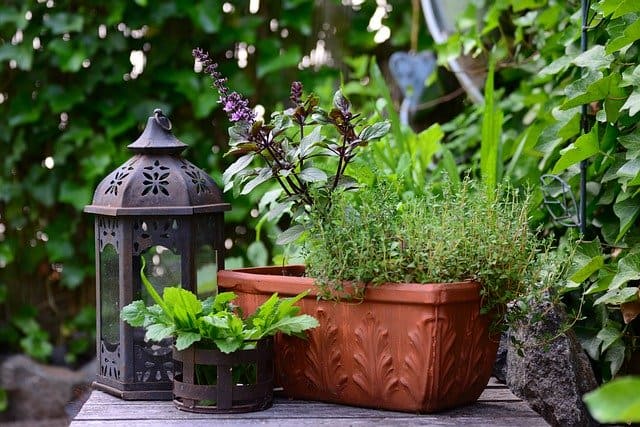
A thriving herb garden is easier to achieve with a few maintenance tips tailored for beginner gardeners.
Knowing Final Herb Sizes for Planning
Before planting, it’s essential to consider the mature size of your chosen herbs. For instance:
While basil can grow tall and bushy, it can reach widths of about 18 inches, indicating necessary spacing guidelines.
Thyme may spread but stays low, meaning it can effectively function as both a ground cover and a companion to taller herbs.
Planning accordingly will prevent overcrowding and ensure that each plant has enough space to grow robustly.
Identifying Annuals and Perennials for Care
Understanding which herbs are annuals or perennials helps you manage your garden effectively. For instance:
Annuals, such as basil, need to be replanted each year since they can only survive one growing season.
Perennials like thyme and sage will return season after season and often require less care as they mature.
This knowledge helps streamline your gardening efforts, as perennials can lead to less replanting and care administratively.
Controlling Aggressive Growers With Pruning
To ensure that aggressive herbs like mint or borage do not take over your garden, regular pruning is key.
Schedule bi-weekly or monthly checks to keep their growth in check, cutting back excessive foliage to promote a bushier growth form.
In addition to pruning, consider separating aggressive herbs into their own dedicated areas or pots to prevent unwanted spread.
Frequently Asked Questions (FAQs)
Which herbs grow best together?
Some of the notable combinations include basil with tomatoes, chives with parsley, and lavender with rosemary.
What herbs can be used to increase blood flow to legs?
Herbs known for promoting circulation include ginger, cayenne pepper, ginkgo biloba, and garlic.
What herbs grow well together in pots?
Basil alongside thyme, or chives paired with parsley, create effective combinations in container gardens.
What herbs are easy to grow?
Basil, chives, and mint are well-loved for their ease of growth—perfect for beginner gardeners.
What herbs can be mixed with other herbs?
Many herbs can mix well together, but attention should be paid towards their water and sun needs for the best results.
What herbs grow well in a container garden?
Notable herbs for container gardening include thyme, basil, and parsley.
What herb is best to plant together?
Consider pairing basil with oregano or cilantro with parsley for flavorful culinary enhancements.
What herbs should not be planted together?
Avoid planting mint with basil, as mint is an aggressive spreader that can overpower the more delicate flavor of basil.
What herbs to plant together chart?
Consult companion planting charts that detail pairings like basil, tomatoes, and oregano for optimal garden planning.
What herbs mix well together?
A mixture of basil, oregano, and lavender creates a fragrant and delightful herb garden with culinary uses.


